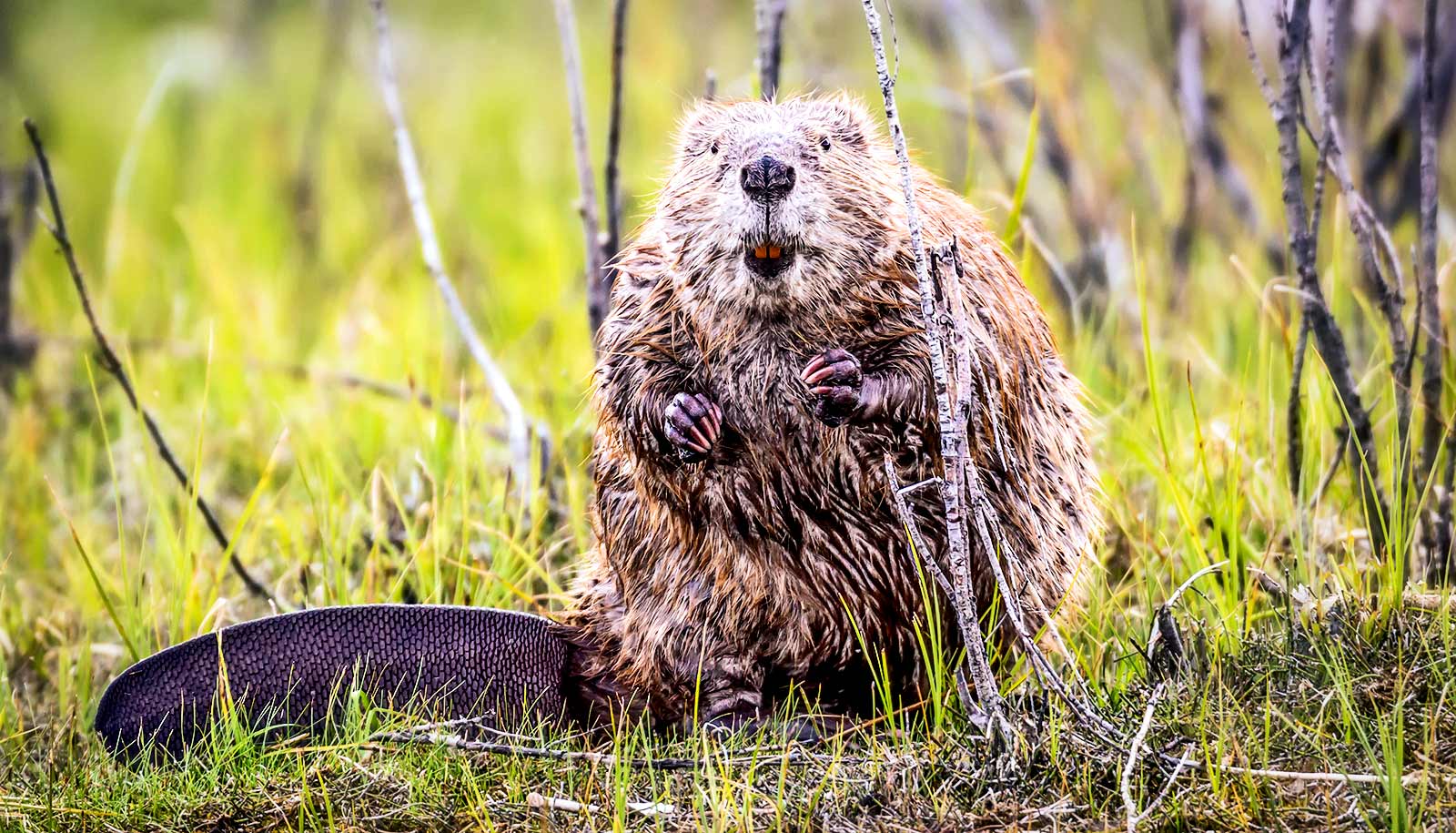Nature-based solutions represent a largely untapped opportunity for state climate policy leaders to bolster water supplies while fortifying the fight against climate change, Felicia Marcus says.
This has been a summer of extremes. As America wilts under unprecedented waves of heat, parts of the country have been inundated with flooding rains that climate scientists say should only happen on average once every 500 years.
Meanwhile, reservoir levels across the West have bottomed out amidst a withering drought, imperiling water supplies from Denver to Los Angeles and threatening to dry up millions of acres of agricultural land in between.
Recent passage of funding for climate measures suggests that the federal government is ready to join states in addressing climate change. For years, policies in many states have incentivized electric vehicles, energy efficiency, and decarbonization.
Marcus, a visiting fellow at Stanford University’s Water in the West program, recently conducted a study of nature-based solutions, such as restoring beaver habitat to enhance water supplies, reduce the severity of forest fires, and sequester carbon, in Colorado River Basin states.
She is an attorney and water policy expert who has worked on water-related management and policy issues at the federal, state, and local levels.
Here, she discusses how states are turning to nature in their efforts to combat climate change:
Why focus on nature-based solutions when thinking about climate and water?
Water and climate are two different sectors working more separately than they should be. We need to figure out how to work together across disciplines to achieve multiple benefits, because there isn’t enough money to do everything separately, and because we need every tool in the toolkit to meet the nightmare challenge that climate change presents.
How can nature-based solutions help meet our climate and water goals at the same time?
By strategically restoring forests, we can protect larger trees that sequester more carbon and prevent outsized catastrophic fires that release huge carbon plumes, and we can prevent downstream reservoirs and waters from accumulating mud and toxins. By restoring meadows and other water features, we can create natural firebreaks and sequester carbon while enhancing biodiversity, water quality, and water runoff.
Can nature-based solutions play a role in urban areas?
An urban example can be found in Los Angeles, where the county has embarked on a $300 million per year effort to divert water out of flood control channels and into green spaces. As the water soaks into the ground, it replenishes groundwater tables. The water that does run off is cleansed as it passes through the soil and plants before heading to the ocean. That much-needed green space provides more local water resilience and cleaner beaches while saving energy.
What are the most promising areas to align climate and water through nature-based solutions?
Meadow restoration is in some ways the most inspiring. We can restore meadows in ways that create natural firebreaks and increase biodiversity. Meadows slow the flow of water, which results in better timing of water delivery and greater aquifer recharge. Sediment is held back, rather than flowing downstream, which preserves water storage space and increases the lifespan of our reservoirs. In many places, beavers are also reintroduced to help replace those we’ve lost.
Forests are the most promising area in the short run. Forests are massive, and restoration projects have multiple benefits. Strategically clearing undergrowth enables more water to stay in the soil or flow down the watershed and helps prevent the unnaturally gigantic fires that come from overgrown forests. Instead of burning, large trees survive and grow larger, allowing them to absorb and store more carbon.
Better forest management protects people and property while preventing the enormous plumes of carbon that fires release. There’s growing recognition worldwide that fires on our natural lands are greater emitters of carbon than fossil fuels.
Let’s talk about beavers. How can they help with climate and water-related challenges?
Beavers are nature’s little engineers. They build dams to create safe havens underwater, but those dams also slow and spread the flow of water. Dams create meadows and marshes and wetlands behind them that serve as fire breaks. They’re a natural antidote to these massive, outsized conflagrations we’re seeing.
Wet, marshy lands also do a great job of sequestering carbon, and they filter water as it passes through them. Impurities and sediments settle out, resulting in cleaner water. Because marshes slow flow, water also has time to infiltrate and replenish aquifers. The timing of flows downstream is delayed in a manner that mimics melting snowpack.
Marshes are natural storage devices in and of themselves, which we desperately need at a time when climate change is causing decreases in snowpack. Beaver dams and the marshes that develop behind them are the next best thing.
Finally, beavers create habitat for a bunch of other species that are drawn to water. And beavers are very industrious. They do the work for you—because it’s what they do.
Prior to joining Stanford, Marcus served as chair of the California State Water Resources Control Board during a time of unprecedented drought and change. Marcus is working on identifying opportunities to use nature-based solutions to solve both climate and water issues in the Colorado River Basin.
Results of this study, which has not been peer-reviewed, have been released as a report and briefs published on Water in the West. The Walton Family Foundation funded the work.
Source: Stanford University



